AI, deportations, tariffs, and birthrate declines are reshaping America's workforce—blue- and white-collar alike. From baby boomer exits to AI disruptions, breaking down the workforce challenges no leader can afford to ignore.
Why Stay Interviews Q2 is Deceptively Simple – and Powerful

If you’ve been following the Stay Interview movement since the beginning, you know I invented the five core questions — and Q2 has always stood out:
“What are you learning here?”
Followed by the probe:
“What do you want to learn?”
It’s deceptively simple — but that simplicity is exactly what makes it powerful.
Q2: Your Fast Track to Building Real Trust
Asking about learning is one of the fastest ways managers can show they care — really care — about their employees’ growth. Q2 doesn’t require a big program, a budget, or an elaborate plan. It just requires curiosity and follow-through. Here’s how we train leaders to make Q2 work:
- Ask the question.
- Listen — actually listen.
- Take notes.
- Dig deeper.
- Find one thing they’d like to learn.
- Work with them to make that happen.
It’s that easy. And it works.
If the answer is, “I’m good — I just want to do my job and go home,” that’s totally valid. If they say, “I’m not sure yet,” then invite them to come back with a list to discuss. That simple act of engaging again shows that their development matters.
Learning solutions can be as simple as a colleague-led tutorial, a short online course, or even a 10-minute YouTube video. We’re surrounded by learning opportunities — especially now. The internet has erased the excuse of “I don’t have access.”
—–
Further Reading: Still Relevant: The Original 5 Questions That Started It All
—–
Learning Is Accessible. Career Development? Not So Much.
Think about how often “career development” shows up in your engagement surveys, HR strategies, and retention plans. Then ask yourself:
- How many of your employees actually have a clear path to a next-level role inside your organization? If you’re in healthcare, manufacturing, or customer service, that number might be closer to 10% than 50%.
- How many of your employees even want a promotion? For many — especially CNAs, call center reps, or plant workers — the goal is less stress, not a new title.
Despite this, companies still double down on tightly structured development plans:
- Managers are required to craft detailed career paths.
- “Career conversations” get calendared every quarter.
- HR builds career ladders that often feel more like check-the-box exercises than meaningful guidance.
Yet a recent U.S. Chamber of Commerce survey found that 41% of American workers are actively looking to change industries. Translation? They’re craving new challenges, not necessarily promotions.
Career ladders are limiting. Learning is liberating.
Career ladders assume a narrow, predefined path — one that not every employee fits into or even aspires to follow. They rely on rigid progression models that often feel disconnected from the day-to-day realities of work and the evolving interests of your people. In contrast, learning opens doors in every direction. It empowers employees to grow based on their curiosity, strengths, and current season of life.
Whether someone wants to deepen their current skillset, explore something adjacent, or simply reignite their passion for the work they’re already doing, learning creates space for all of it. It removes the pressure of “what’s next?” and replaces it with “what’s possible?” — and that shift makes all the difference.
Learning allows people to explore, grow, and discover — on their terms.
—–
Further Reading: Are You Hiring for a Job… or a Calling?
—–
Q2 Might Not Solve Retention Forever — But It Can Buy You Six More Months
Let’s be honest: today’s retention reality isn’t about keeping employees for a decade. It’s about extending their tenure just a little bit longer. Here’s what the averages say:
- Baby Boomers: 8 years, 3 months
- Millennials: 2 years, 9 months
- Gen Z: 2 years, 3 months
The fantasy that younger workers would “settle down” with age, mortgages, and families? It hasn’t materialized. They have options, and they know it.
And in case you missed it:
> Millennials turn 41 this year.
> They (with Gen Z) already hold over half of all U.S. jobs.
> By next year, millennials will make up 75% of the workforce.
So here’s the new goal:
Retain each team member six months longer than you do now.
That’s realistic. And that’s where Q2 shines.
By focusing on what employees want to learn — instead of mapping out a rigid career plan — you show them they’re seen, heard, and supported. That builds trust. That boosts engagement. That increases loyalty.
And that’s why Q2 will always matter.
—–
Further Reading: Forget Career Paths. Focus on Learning Paths.
—–
Ready to turn a simple question into a powerful retention tool?
If you’re looking for practical, proven ways to build trust, boost engagement, and keep your best people longer — Stay Interviews are where to start. Not sure how to bring this to your executives or where it fits in your current strategy? Write me at DFinnegan@C-SuiteAnalytics.com or connect with me on LinkedIn. I’d be glad to talk one-on-one about how you can use learning — not ladders — to cut turnover and keep your team thriving.



